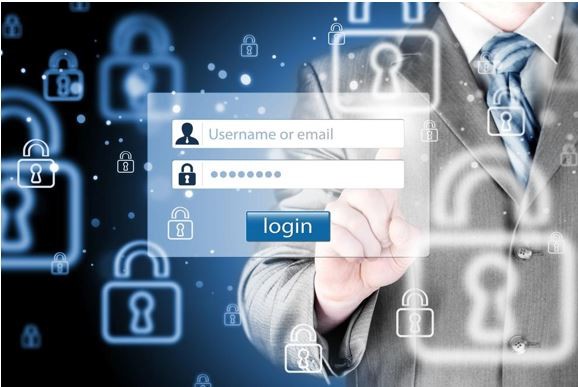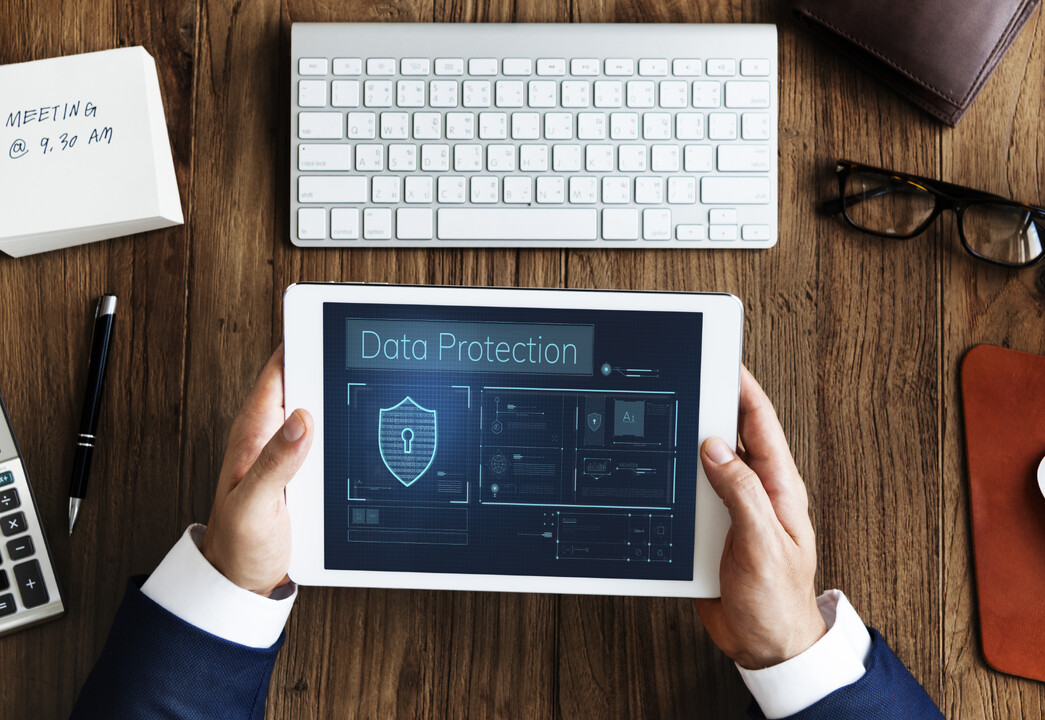In the fast-evolving world of online commerce, security is paramount. Cyber threats such as identity theft, data breaches, and phishing attacks have made it crucial for eCommerce websites to implement robust security measures to protect both business assets and customer information. One such security measure that has gained widespread adoption is multi-factor authentication (MFA). MFA adds an extra layer of security by requiring users to verify their identity through multiple methods before gaining access to their accounts.
In this blog, we will discuss the best practices for implementing multi-factor authentication (MFA) on eCommerce websites to enhance security and safeguard your customers’ information.

1. What Is Multi-Factor Authentication (MFA)?
Multi-factor authentication is a security system that requires users to provide more than one piece of evidence, or “factor,” to verify their identity. Typically, these factors fall into three categories:
- Something you know (e.g., a password or PIN)
- Something you have (e.g., a smartphone, security token, or one-time passcode)
- Something you are (e.g., a fingerprint, facial recognition, or voice recognition)
By requiring at least two factors from different categories, MFA significantly reduces the risk of unauthorized access, even if one factor (such as a password) is compromised.
2. Why Is MFA Important for eCommerce Websites?
eCommerce websites handle sensitive customer data, including personal information, payment details, and purchase history. Any breach of this data can lead to significant financial and reputational damage. MFA helps reduce the risk of cyberattacks by making it much more difficult for hackers to gain access to user accounts, even if they manage to steal passwords or other login credentials.
For eCommerce businesses, MFA is particularly important in securing:
- Customer accounts: Preventing unauthorized access and fraudulent purchases.
- Admin and employee accounts: Safeguarding backend systems and preventing malicious insider activities.
- Transaction approval: Securing high-value transactions or changes in account details (e.g., shipping address or payment method).
3. Best Practices for Implementing MFA on eCommerce Websites
When implementing MFA on your eCommerce website, it’s important to balance security with user experience. Here are the best practices for successful MFA implementation:
a) Offer Multiple MFA Options
Not all users are comfortable with or have access to the same MFA methods. To accommodate a diverse user base, provide multiple MFA options, such as:
- SMS-based one-time passcodes (OTPs)
- Email-based OTPs
- Authenticator apps (e.g., Google Authenticator, Microsoft Authenticator)
- Hardware security tokens (e.g., YubiKey)
- Biometric authentication (e.g., fingerprint or facial recognition)
Offering multiple options allows users to choose the method that best suits their needs, improving user satisfaction while maintaining security.
b) Prioritize Usability and User Experience
While security is critical, implementing MFA should not create unnecessary friction for users. If the process is too complex or inconvenient, customers may abandon their shopping experience or choose not to use MFA at all. Keep these points in mind:
- Clear instructions: Provide easy-to-understand guidance on how to set up and use MFA.
- Seamless integration: Ensure MFA is integrated smoothly into the user journey, especially during login and checkout processes.
- Recovery options: Offer account recovery methods, such as backup codes, in case a user loses access to their primary MFA method.
Striking a balance between security and usability is key to widespread MFA adoption.
c) Use Risk-Based Authentication
Risk-based authentication is a smart way to apply MFA selectively, based on the level of risk associated with a particular login attempt. For example, MFA could be triggered only when:
- A user logs in from an unknown device or location.
- A high-value transaction is being processed.
- There is a sudden change in account details (e.g., payment information or shipping address).
By applying MFA dynamically based on risk factors, you can provide enhanced security without unnecessarily burdening users during low-risk activities.
d) Secure MFA Methods Properly
While MFA enhances security, it’s essential to ensure that the methods used for authentication are secure. Consider these security best practices:
- Avoid relying solely on SMS-based authentication: Although SMS OTPs are convenient, they can be vulnerable to SIM-swapping attacks. If using SMS, consider offering additional options, such as authenticator apps, as a backup.
- Use encrypted channels for OTP delivery: Ensure that OTPs sent via email or other methods are delivered through secure, encrypted channels to prevent interception.
- Regularly update authentication apps: Keep authenticator apps and backend systems updated to prevent vulnerabilities and stay ahead of potential security threats.
e) Educate Customers on the Importance of MFA
Even the best MFA implementation won’t be effective if customers don’t use it. Educating users about the benefits of MFA can help encourage them to adopt it. Use the following approaches:
- Highlight the security benefits: Inform customers about how MFA can protect their accounts from unauthorized access.
- Offer incentives: Consider offering rewards, such as discounts or loyalty points, to customers who enable MFA on their accounts.
- Provide reminders: Periodically remind customers to enable MFA through email campaigns, website pop-ups, or during login sessions.
4. MFA for Admin and Employee Accounts
While customer-facing MFA is essential, don’t overlook the importance of securing your admin and employee accounts with MFA. These accounts often have access to critical backend systems and sensitive data, making them prime targets for cyberattacks.
a) Enforce MFA for Admin Accounts
For admin accounts that have access to your eCommerce platform’s backend, MFA should be mandatory. Use stronger forms of authentication, such as hardware tokens or biometric verification, for these accounts.
b) Protect Remote Access
With many businesses adopting remote work or using outsourced teams, it’s essential to secure remote access with MFA. Implement MFA for any VPN or remote desktop solutions used by employees, especially those with access to sensitive customer data or financial information.
5. Monitor and Update Your MFA System Regularly
MFA is not a set-it-and-forget-it solution. Cyber threats are constantly evolving, so it’s important to continuously monitor your MFA system and make necessary updates. Here’s what you can do:
- Track usage metrics: Monitor the adoption rate of MFA among your users. If adoption is low, identify potential barriers and address them.
- Test for vulnerabilities: Regularly audit your MFA system to ensure it is functioning properly and isn’t susceptible to new types of attacks.
- Update policies: As new MFA methods and technologies become available, consider updating your policies to ensure that you’re offering the most secure and user-friendly options.
Conclusion
Implementing multi-factor authentication (MFA) on your eCommerce website is a powerful way to protect your business and customers from cyberattacks. By offering multiple authentication options, prioritizing usability, and using risk-based authentication, you can create a secure yet seamless experience for users. Additionally, ensuring that your admin and employee accounts are protected by MFA adds an extra layer of security to your overall operation.


No responses yet